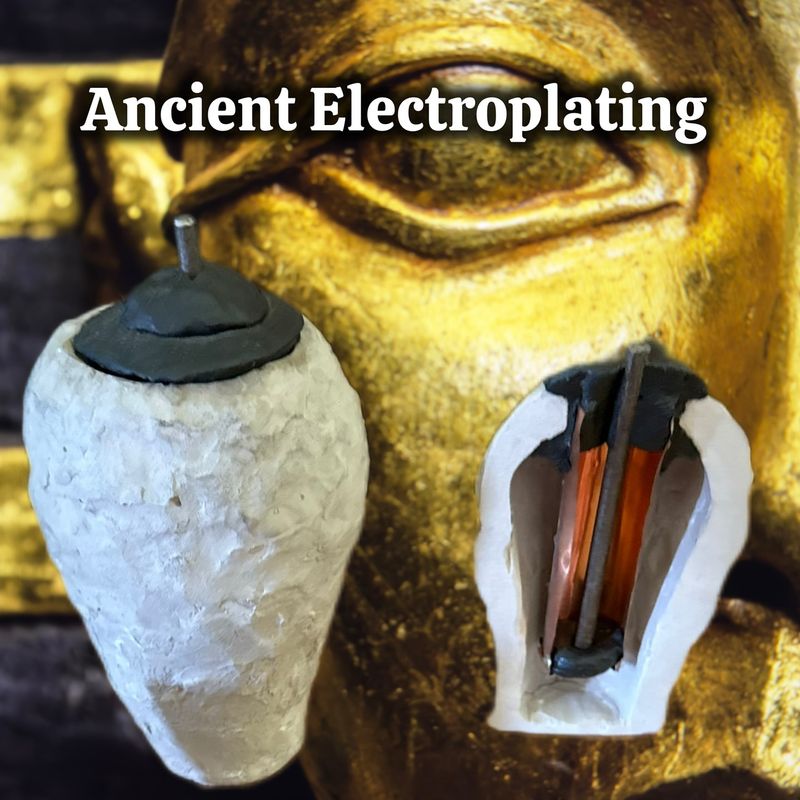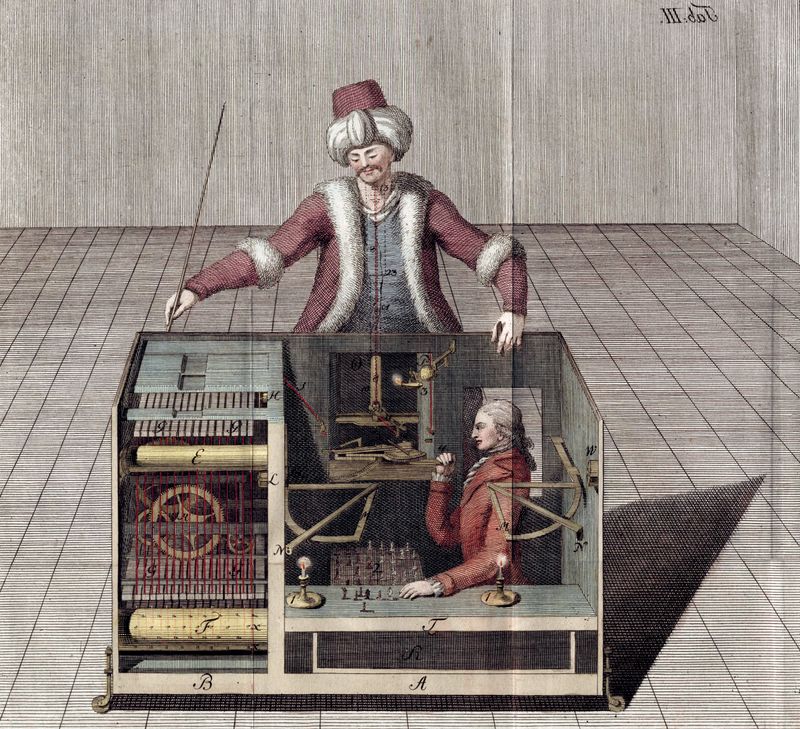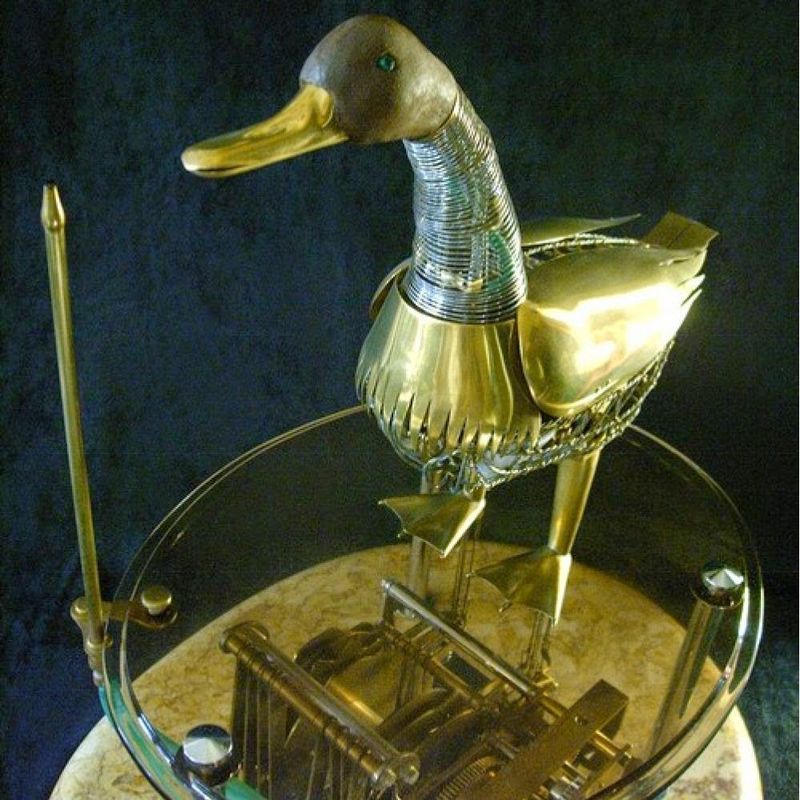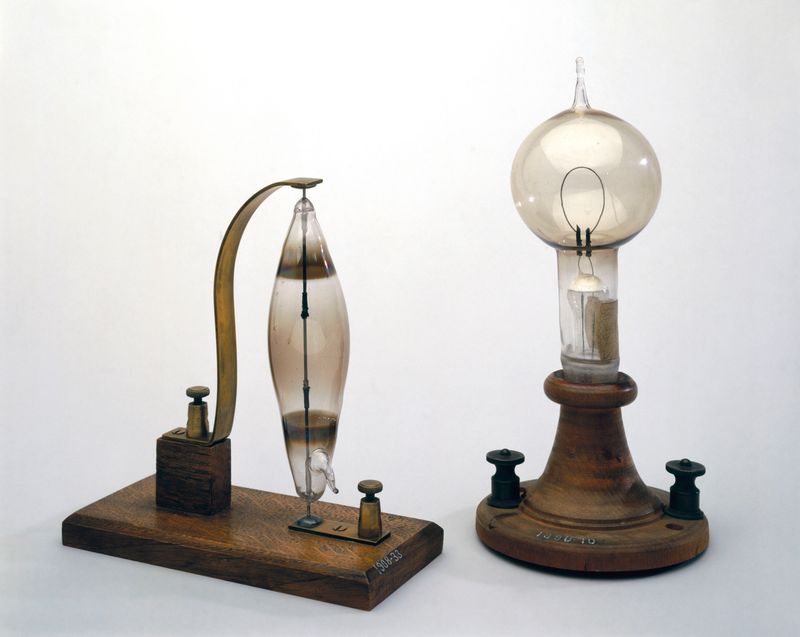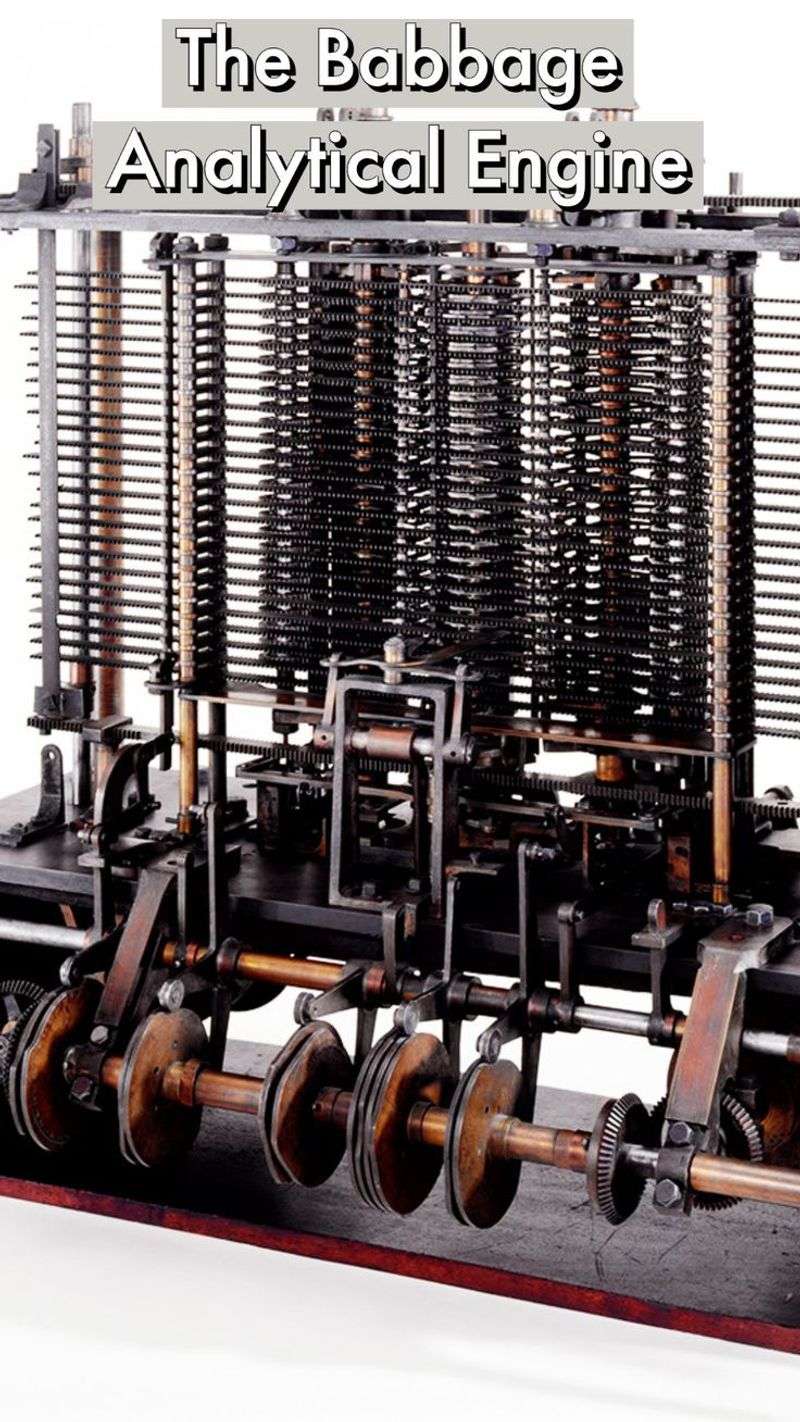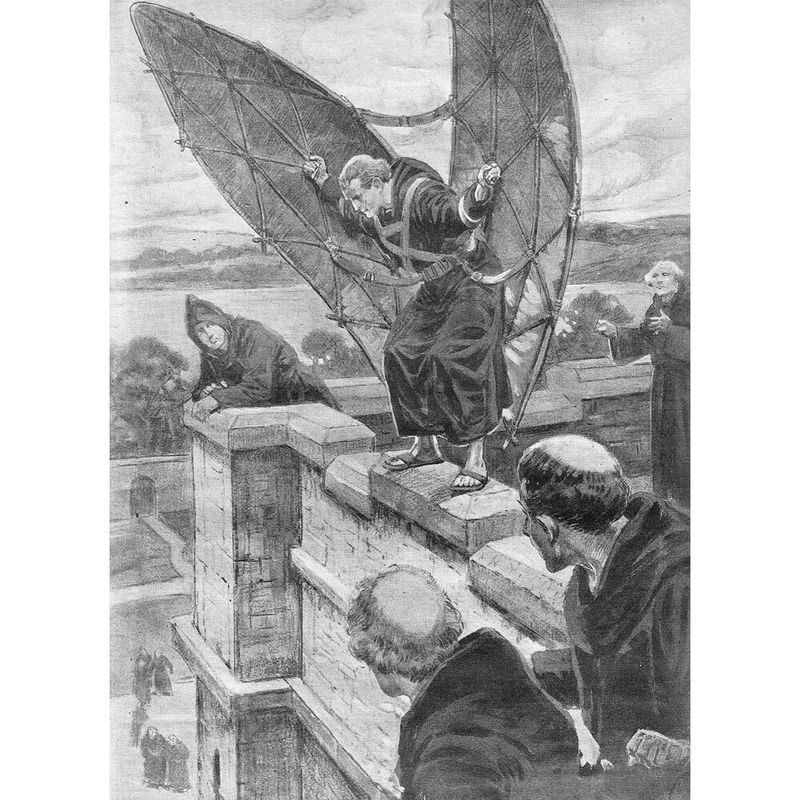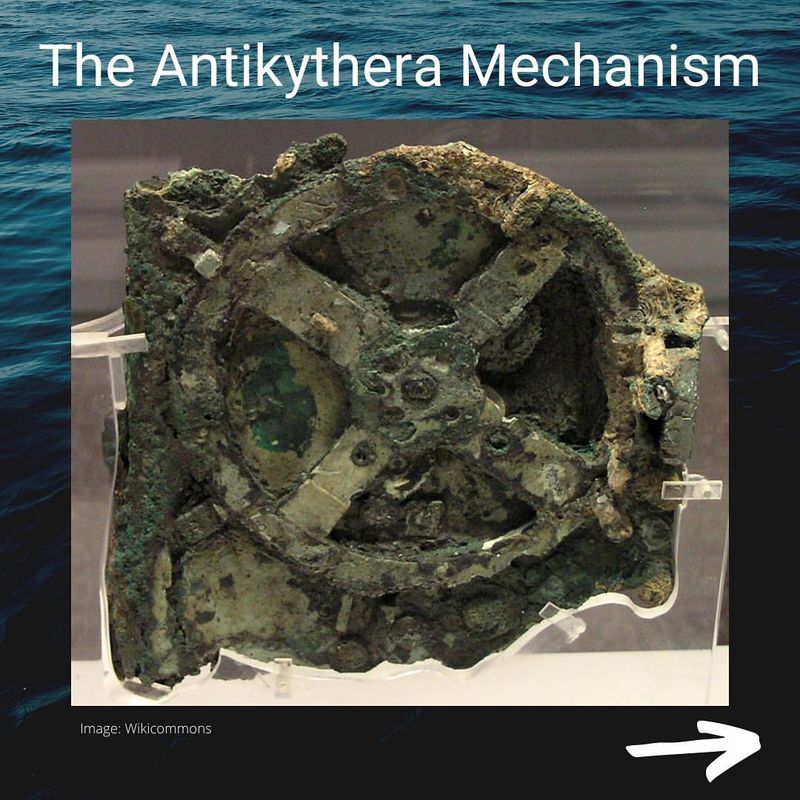Throughout history, there have been numerous inventions that dazzled with their advanced thinking, only to fade into obscurity. These inventions were pioneers of their era, showcasing ingenuity that was far ahead of their time. From communication devices to transportation marvels, these forgotten creations laid the groundwork for technologies we take for granted today. Let’s embark on a journey through time to rediscover 12 such remarkable inventions that, despite their brilliance, were overshadowed or forgotten. Their stories remind us of the relentless spirit of innovation that has always driven human progress.
Baghdad Battery
The Baghdad Battery, a collection of ancient artifacts from Mesopotamia dating back to 200 BC, is thought by some to represent an early form of galvanic cell. These clay jars contain copper and iron components, suggesting they could produce electrical currents when filled with an acidic liquid.
While their true purpose remains speculative, these artifacts highlight early experimentation with electricity.
The idea of an ancient battery challenges our understanding of early technological capabilities, offering a glimpse into forgotten knowledge and provoking curiosity about potential applications that never came to fruition.
Greek Fire
Greek Fire was a potent incendiary weapon used by the Byzantine Empire, notably in naval battles during the 7th century AD. Its composition was a closely guarded secret, believed to be a mixture of substances like naphtha and quicklime.
This weapon could continue burning even on water, giving Byzantines a fierce maritime advantage.
The exact formula was lost over time, adding to its mystique. Greek Fire represents an advanced understanding of chemistry and pyrotechnics, a tactical innovation that was centuries ahead in military technology.
The Archimedes Screw
Invented by Archimedes in the 3rd century BC, the Archimedes Screw is a machine historically used for transferring water from low-lying bodies into irrigation ditches. This device consists of a screw inside a hollow pipe.
Its design exemplifies mechanical ingenuity, capable of moving water efficiently with minimal labor.
Widely used in ancient times, its principles are still applied in modern engineering for pumping liquids and granulated solids. The Archimedes Screw is a testament to enduring design, illustrating how ancient solutions can persist throughout millennia, influencing today’s technology.
The Turk
The Turk was an 18th-century automaton designed to play chess against human opponents, astonishing audiences across Europe. Created by Wolfgang von Kempelen, it appeared to be a thinking machine, though it concealed a human chess master inside.
Despite being a clever illusion, the Turk sparked interest in artificial intelligence and machine programming.
Although ultimately a hoax, it inspired future generations to explore the possibilities of machine intelligence, leaving an indelible mark on the evolution of computing and robotics.
The Digesting Duck
Invented by Jacques de Vaucanson in 1739, the Digesting Duck was an automaton that mimicked the actions of a real duck: eating, digesting, and excreting. Made of complex mechanical components, it performed these actions through elaborate gears and levers.
Meant as an entertainment piece, it captivated the European aristocracy and symbolized the era’s fascination with automatons and human-like machines.
While the duck did not truly digest food, it showcased early advancements in replicating biological processes mechanically, paving the way for future explorations in robotics and automation.
Tesla’s Wardenclyffe Tower
Tesla’s Wardenclyffe Tower, built in the early 1900s on Long Island, aimed to transmit wireless electricity globally. This ambitious project, conceived by visionary inventor Nikola Tesla, sought to provide free energy worldwide, utilizing the Earth’s natural conductivity.
Despite technical feasibility, the project was abandoned due to financial difficulties and lacked support from investors who feared losing profits from traditional electricity distribution.
Though never completed, the tower stands as a symbol of Tesla’s forward-thinking genius and the potential for alternative energy solutions.
Swan’s Electric Light
Joseph Swan, an English physicist, pioneered the development of the incandescent light bulb in the 1870s, paralleling Thomas Edison’s work. Swan’s bulbs were utilized in homes and public buildings across England, illuminating spaces long before Edison patented his version.
Despite Swan’s early success, Edison’s aggressive marketing overshadowed his contributions.
Swan’s invention was crucial in shaping modern lighting, and his collaboration with Edison eventually led to the formation of a joint company. Swan’s story highlights the competitive spirit of invention and the complexities of innovation in the commercial domain.
Babbage’s Analytical Engine
Charles Babbage’s Analytical Engine, conceived in the 1830s, is often regarded as the first mechanical computer. Although never fully constructed, its design included features like a control unit and memory, which are fundamental to modern computers.
Babbage’s collaboration with Ada Lovelace, who wrote detailed notes and algorithms for the machine, further underscored its potential.
The Analytical Engine’s conceptual framework laid the groundwork for the development of computing technology, making Babbage a pioneer far ahead of his time. His vision continues to inspire innovation in computer science.
The Chronovisor
The Chronovisor, a purported device from the mid-20th century, is claimed to allow users to see past events, based on reports from the Vatican. Allegedly created by Father Pellegrino Ernetti, it was rumored to capture historical moments through energy recordings.
Although widely regarded as a hoax, the allure of such a device captivated imaginations, prompting discussions about time travel and historical research.
The Chronovisor remains a fascinating piece of speculative technology, illustrating humanity’s enduring curiosity about the past and the limits of scientific exploration.
The Glider of Eilmer of Malmesbury
In the early 11th century, Eilmer of Malmesbury, a Benedictine monk, attempted one of the first documented human flights using a glider. Inspired by legend and his own studies, he flew more than 200 meters before a crash landing.
While his gliding endeavors were not entirely successful, they highlighted the potential for human flight long before the Wright brothers.
Eilmer’s courage and innovation exemplify the adventurous spirit of early aviation pioneers, reminding us of the endless pursuit of elevating human capabilities beyond earthly bounds.
Hero’s Aeolipile
Hero of Alexandria’s Aeolipile, from the 1st century AD, is recognized as the earliest recorded steam engine. Designed as a simple bladeless radial steam turbine, it was an experimental device that demonstrated principles of rotary motion.
Though it wasn’t used for practical applications, it laid foundational concepts later crucial to the Industrial Revolution. Hero’s invention intrigued but was never fully developed in its era.
This device exemplifies the untapped potential of ancient technologies, foreshadowing the future of mechanical engineering and energy utilization long before its time.
The Antikythera Mechanism
The Antikythera Mechanism, discovered in an ancient shipwreck near Greece, is often considered the first analog computer, dating back to around 100 BC. Its intricate gear system was used to predict astronomical positions and eclipses for calendrical and astrological purposes. Despite its complexity, the knowledge to recreate such a device was lost until the 14th century.
This mechanism demonstrates advanced Greek understanding of gears and mathematics, astonishing historians and scientists alike. Its rediscovery in the 20th century has provided invaluable insights into the technological capabilities of ancient civilizations. Truly, it was a marvel ahead of its time.

